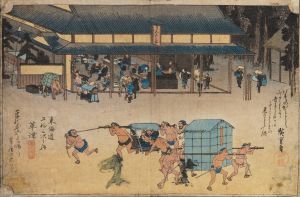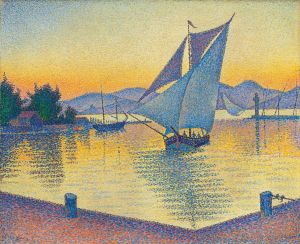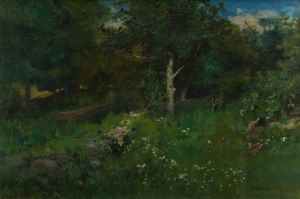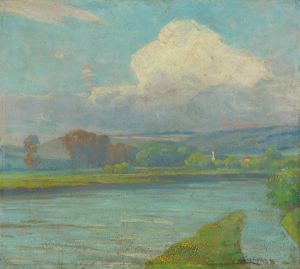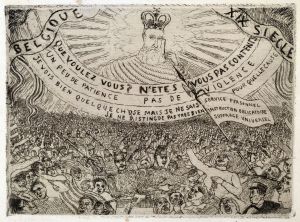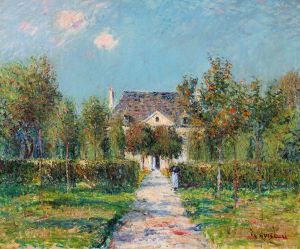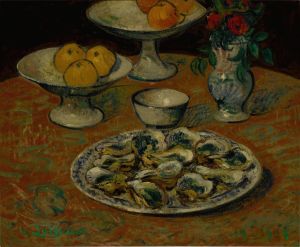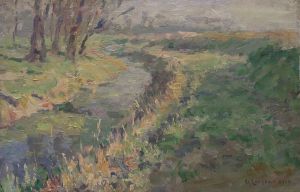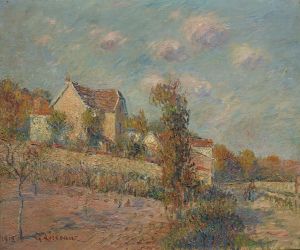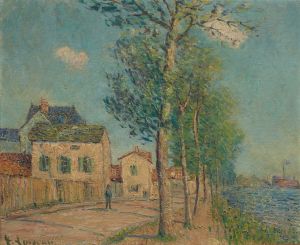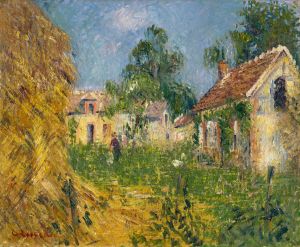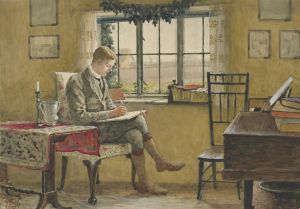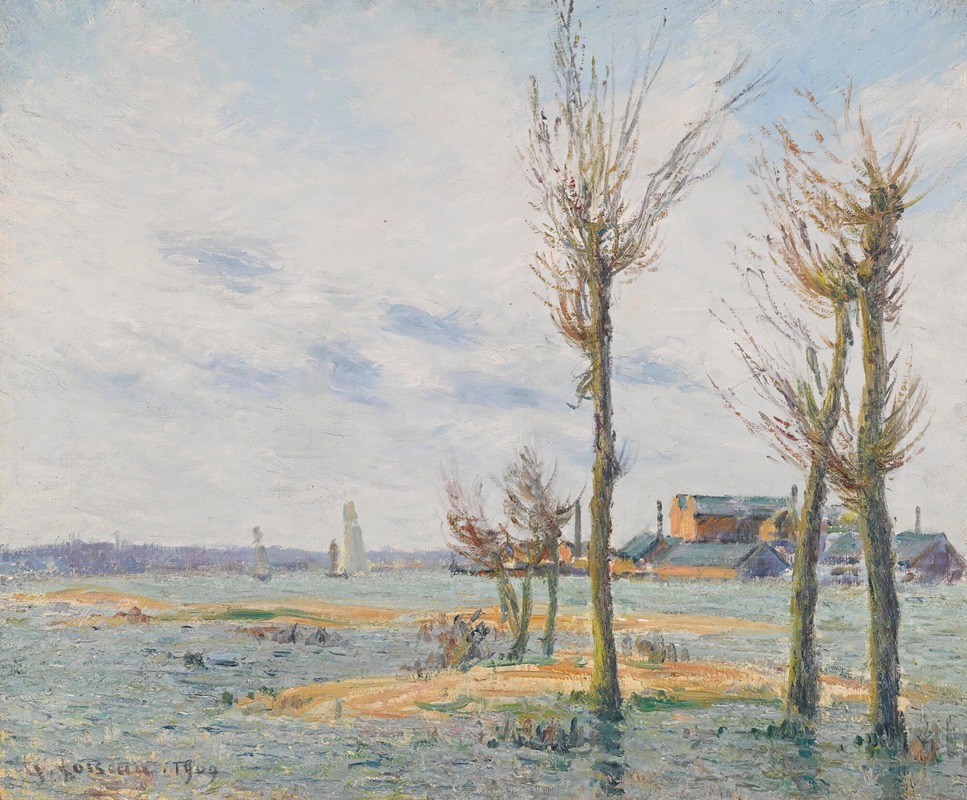
La Loire À Trentemouet
A hand-painted replica of Gustave Loiseau’s masterpiece La Loire À Trentemouet, meticulously crafted by professional artists to capture the true essence of the original. Each piece is created with museum-quality canvas and rare mineral pigments, carefully painted by experienced artists with delicate brushstrokes and rich, layered colors to perfectly recreate the texture of the original artwork. Unlike machine-printed reproductions, this hand-painted version brings the painting to life, infused with the artist’s emotions and skill in every stroke. Whether for personal collection or home decoration, it instantly elevates the artistic atmosphere of any space.
Gustave Loiseau was a French Post-Impressionist painter known for his landscapes and scenes of rural life. Born on October 3, 1865, in Paris, Loiseau developed a distinctive style characterized by his use of vibrant colors and dynamic brushwork. He was associated with the Post-Impressionist movement, which sought to extend the boundaries of Impressionism by emphasizing more formal structure and expressive use of color.
One of Loiseau's notable works is "La Loire À Trentemoult," which captures a scenic view along the Loire River at Trentemoult, a small village located near Nantes in western France. This painting exemplifies Loiseau's ability to depict the natural beauty and tranquility of the French countryside. The Loire River, known for its picturesque landscapes and historical significance, has been a popular subject for many artists, and Loiseau's interpretation adds to this rich tradition.
In "La Loire À Trentemoult," Loiseau employs his characteristic technique of "en treillis," or cross-hatching, which involves the use of intersecting brushstrokes to create texture and depth. This method allows him to convey the movement of water and the play of light on the river's surface. The painting is imbued with a sense of calm and serenity, reflecting Loiseau's interest in capturing the ephemeral qualities of nature.
Loiseau's palette in this work is dominated by soft blues, greens, and earthy tones, which harmonize to evoke the gentle atmosphere of the riverside setting. The composition is balanced, with the river flowing diagonally across the canvas, leading the viewer's eye through the scene. The village of Trentemoult is depicted in the background, its buildings rendered with loose, expressive brushstrokes that suggest their form without detailing every architectural element.
Throughout his career, Loiseau was influenced by the works of earlier Impressionists such as Claude Monet and Alfred Sisley, but he developed his own approach that emphasized structure and pattern. His paintings often explore the changing effects of light and weather, capturing the essence of a moment in time. "La Loire À Trentemoult" is a testament to Loiseau's skill in portraying the natural world with both sensitivity and vigor.
Loiseau exhibited regularly at the Salon des Indépendants and the Salon d'Automne in Paris, gaining recognition for his contributions to the Post-Impressionist movement. His works are held in numerous public and private collections, and he remains an important figure in the history of French landscape painting.
"La Loire À Trentemoult" is a fine example of Loiseau's artistic vision and technical prowess. It reflects his deep appreciation for the French landscape and his ability to convey its beauty through his unique style. The painting continues to be admired for its harmonious composition and the way it captures the tranquil essence of the Loire River, making it a significant piece in Loiseau's oeuvre.





